Cornflower White Ball
$4.49
Centaurea Cyanus
- Seed Count 125
- Perfect Landscaping Plant
- Annual
- Height 80 cm
In stock
Description
Cornflower White Ball is a true heirloom, celebrated for its uniform, double blossoms that resemble finely ruffled pompons. These flowers are a cut-flower enthusiast’s dream: crisp, long-stemmed, and remarkably durable. When fresh, their pristine white petals hold their colour brilliantly, and as dried flowers, they’re equally impressive, retaining their shape and luminosity for months, making them ideal for floral arrangements, or simply displayed in a vase to catch the light.
The tender petals, with their mild, slightly peppery flavour, can be scattered fresh over salads, floated in summer drinks, or dried for herbal teas. Historically, Cornflower petals have been cherished not just for their culinary uses but also in traditional remedies, often steeped as infusions believed to soothe and refresh—a nod to the plant’s enduring role in both kitchen and apothecary.
Once established, the Cornflower White Ball thrives with minimal fuss. They easily handle drought, and cooler snaps with a stoicism that belies its delicate appearance. It asks only for a sunny spot and well-drained soil.
For those with limited space, this Cornflower is content in containers, its roots unfazed by confinement. Yet, whether in pots or sprawling garden beds, it serves a greater purpose. The nectar-rich flowers act as a beacon for pollinators—bees, butterflies, and beneficial insects—that flit among the blooms, invigorating the garden’s ecosystem.
| Method: Sow direct | Soil Temp: 10°C - 25°C |
| Cool Mountain: Nov - Dec | Position: Part sun |
| Arid: Aug - Jan | Row Spacing: 30cm apart |
| Temperate: Sep-Nov, Mar-Jun | Planting Depth: 3 mm |
| Sub Tropical: May - Oct | Harvest: 70 days |
| Tropical: Jun - Aug | Plant Height: 80cm |
Soil Preparation
Soil Type:
- Ideal: Well draining loam or sandy soil with a pH of 6.0–7.5.
- Heavy clay? Amend with coarse sand, compost, or gypsum to improve drainage.
Enrichment:
- Mix in 5–10 cm of compost or aged manure 2 weeks before sowing.
- Avoid high nitrogen fertilisers that will promote foliage over flowers.
Container Growing:
- Use pots ≥20 cm deep with drainage holes.
- Fill with a mix of potting soil, perlite, and compost (3:1:1).
Sowing Techniques
Direct Sowing:
- Rake soil to a fine tilth.
- Create shallow rows 3 mm deep, spaced 25–30 cm apart.
- Sow seeds 5 cm apart, cover lightly with soil, and water gently.
- Thin seedlings to 15–20 cm apart once they reach 5 cm tall.
Seed Trays (for controlled starts):
- Fill trays with seed raising mix.
- Place 1–2 seeds per cell, 3 mm deep.
- Keep moist at 10–25°C.
- Germination takes 7–14 days.
- Transplant outdoors after 4–6 weeks, once seedlings have 2–3 true leaves.
Seedling Care
Thinning:
- Snip overcrowded seedlings at soil level (don’t pull—avoids root disturbance).
Watering:
- Water seedlings at the base to prevent damping off disease.
- In arid zones, mulch with straw or lucerne to retain moisture.
- Sun Protection: In tropical/desert regions, use 30% shade cloth during midday heat.
Transplanting (If Started Indoors)
- Harden off seedlings over 7–10 days before transplanting.
- Plant in cool, cloudy weather or late afternoon to reduce shock.
- Space transplants 20–25 cm apart.
Ongoing Maintenance
Watering:
- Once established, water deeply once a week.
- Reduce frequency in cool climates.
Feeding:
- Apply a balanced liquid fertilizer (e.g., seaweed extract) monthly if growth is slow.
Pest and Disease Management
Pests:
- Rarely troubled but watch for aphids.
- Spray with soapy water or introduce ladybirds.
- Snails: Use beer traps.
Diseases:
- Prevent fungal issues by spacing plants for airflow and avoiding overhead watering.
Regional Adjustments
Tropical North:
- Plant in raised beds to avoid waterlogging during wet seasons.
Arid Zones:
- Use drip irrigation and windbreaks to protect seedlings.
Frost Prone Areas:
- Cover seedlings with frost cloth if temperatures drop below 2°C.
Companion Planting Guide
Cornflowers enhance garden biodiversity by attracting pollinators and beneficial insects. Ideal companions include:
Brassicas (Cabbage, Broccoli):
- Cornflowers attract *Microplitis mediator*, a parasitoid wasp that controls cabbage moths.
Herbs (Dill, Basil):
- Dill attracts predatory insects, while basil repels aphids and thrips.
Marigolds:
- Repel nematodes and aphids, pair with cornflowers for pest control.
Lettuce and Spinach:
- Cornflowers provide light shade and attract pollinators for these leafy greens.
Zinnias and Nasturtiums:
- Add colour diversity and act as trap crops for aphids.
Avoid:
- Aggressive growers like mint or tall plants that cast shade (e.g., sunflowers) .
Seed Saving
- Let flowers fade and dry on the plant. Seed heads turn brown and papery.
- Cut heads, place in a paper bag, and shake to release seeds.
- Store in an airtight container in a cool, dark place (viable for 2–3 years).
Troubleshooting Common Issues
Leggy Seedlings:
- Insufficient light—relocate to sunnier spot or prune nearby shading plants.
Yellow Leaves:
- Overwatering or poor drainage—adjust watering schedule.
No Blooms:
- Excess nitrogen—switch to a lowN, highP fertilizer.
Postage Charge
Orders under $30 attract a $4.95 shipping charge. Orders $30 and above have free shipping.
Order Times
Seed orders are normally dispatched within three business days. You will receive an email when seeds are mailed out.
Postage Days
Seeds are mailed out Monday to Friday at 1pm. Except for the Friday of long weekends.
Postage Times
WA 2-3 Days: SA,NT 3-5 Days: NSW, ACT, QLD, VIC: 5-7 Days
Carrier
We use Australia Post Letter Postage for the majority of orders
Not only are our seeds packed in recycled paper envelopes, we keep the theme going when we post out website orders. To protect your seeds from moisture and the letter box munchers (snails), we use a very special plastic free material made from plants. They are then put into recycled mailing envelopes. Green all the way 💚🌿

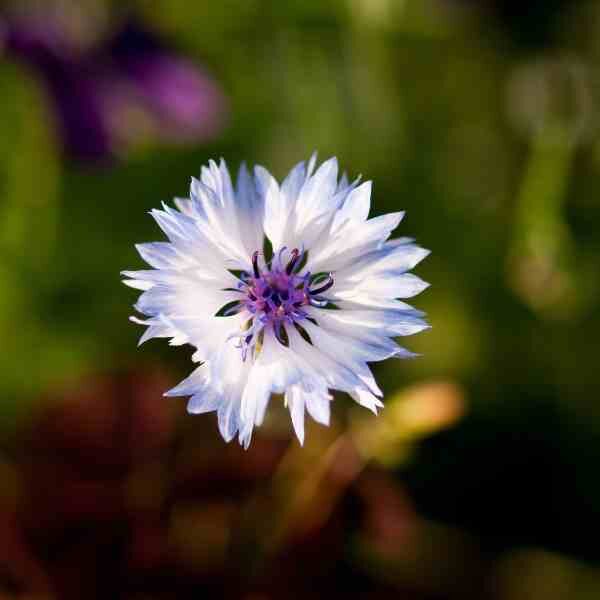





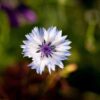

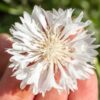

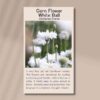

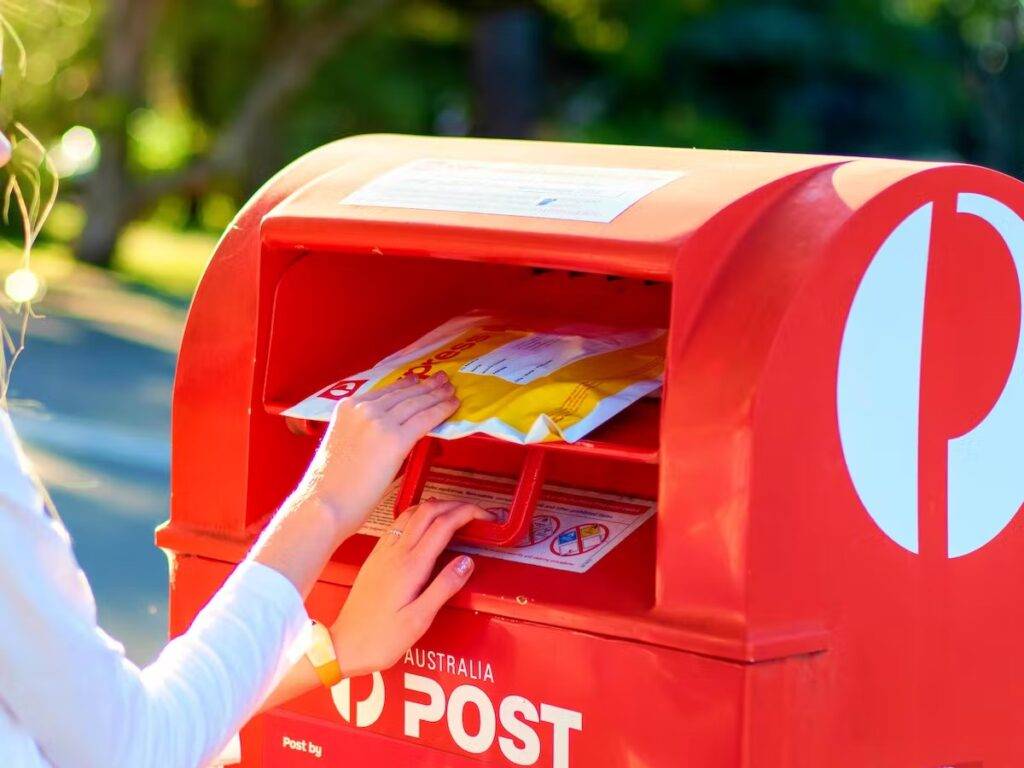

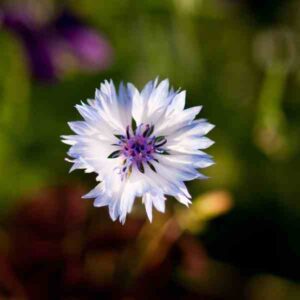
Reviews
There are no reviews yet